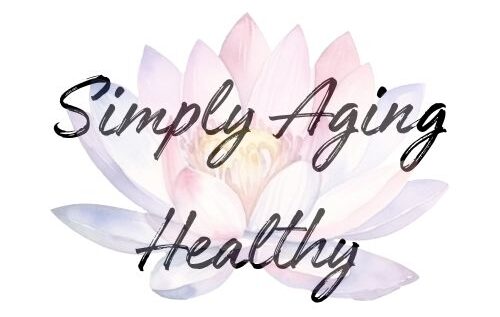Is Cycling When You Have Shingles A Good Idea?
Are you experiencing shingles and wondering if cycling when you have shingles is a good idea?
Cycling can actually be a good way to help with your recovery from shingles, but you want to be sure to return slowly and safely.
Read on to find out when it is best to return to cycling when you have shingles.
What Is Shingles
Shingles is a painful rash that is caused by the same virus that causes chickenpox. After you’ve had chickenpox, the virus stays in the body for life. According to the National Institute on Aging, the virus is reactivated as shingles in approximately one in three adults.
Shingles is most common in people over 50. About half of all shingles cases are in adults 60 or older.
It isn’t life threatening but can cause burning pain, itching or numbness in just one area of the body. Most commonly, the shingles rash develops as a stripe of blisters that wraps around either the left or right side of the torso. Sometimes it can occur on one side of the face, around one eye or one side of the neck.
It can also cause fever, fatigue, headaches and sensitivity to light.
If you currently have shingles or have ever experienced shingles like me, you know that it can cause significant pain in the area even before a rash appears. This is the best time to see your doctor to discuss treatment. Early treatment can help decrease the recovery time and decrease the chance of complications.
There are some things you can do to help ease your symptoms. First, try taking ibuprofen (or acetaminophen) every four hours to reduce inflammation. Second, drink plenty of fluids to keep yourself hydrated. Third, avoid strenuous activity until your pain has subsided.
Return To Cycling When You Have Shingles
Cycling is one of the best ways to get fit and stay active. However, if you suffer from shingles, you may want to take things a little slower than usual.
Since the pain from shingles can leave you feeling tired, stiff, weak and/or sore for the first 1-2 weeks you may want to give your body a break and just rest or do light activity to take you mind off you pain.
Make sure that you also eat well-balanced meals and try to avoid stress as much as possible. Stress can make the pain feel worse.
Shingle presents differently from person to person. If you have a mild case, you could possibly return to cycling sooner. However, a more severe case can leave you resting longer and doing lighter activity.
I found that I tired easily and if I did do an activity causing me to work up a sweat I had even more pain at the blistered area. So, I personally kept my activity light.
Consider doing activities such as stretching, yoga, walking or maybe a slow gentle bike ride. Avoid lying or putting pressure on the shingles site.
Most people are able to return to cycling and normal exercise by week 2 or 3.
Tips To Help With Pain
- Wear loose clothing – this can help to avoid rubbing on the rash causing increased pain.
- Keep the area clean and dry.
- Consider oatmeal baths and icing the area after your ride.
- Ibuprofen may be helpful to keep the inflammation down.
- Keeping your stress level down is important so cycling can be very helpful with this.
Increase The Intensity As You Recover
Increase the intensity of your rides gradually when you begin cycling while you have shingles. Start by doing 30 minutes of a low-intensity ride three times per week.
You can then add another 15 minutes of moderate-intensity riding each week until you reach 60 minutes of high-intensity cardio. This can take 5-6 weeks so just do what works for you.
Add More Time To Your Ride When You Feel Ready
Start with a 30-minute ride close to home. You may tire easily so be careful not to adventure out too far.
Slowly add time and distance to your rides as you feel stronger. Go 35 or 40 minutes and just see how you feel.
Again, for some people with a mild case of shingles you may sail through returning to bike riding where someone with a more severe case may take more time.
Give yourself a break and just stay safe. You will get back to your normal rides in a few short weeks.
Conclusion
So, is cycling with shingles a good idea?
Well, that depends on the individual and their doctor’s recommendation.
Despite the presence of potential risks associated with cycling while experiencing shingle-related pain, some cyclists have reported it can provide a much-needed release of stress and tension.
Ultimately, if you’re feeling up to it, cycling or any exercise when dealing with shingles could provide an effective way to both manage your mental health and reduce the time span of the symptoms.
Therefore, we recommend consulting your physician before hopping on that bike seat to make sure the commitment is worth it for your specific condition -and don’t forget to take frequent breaks from those pedals!
